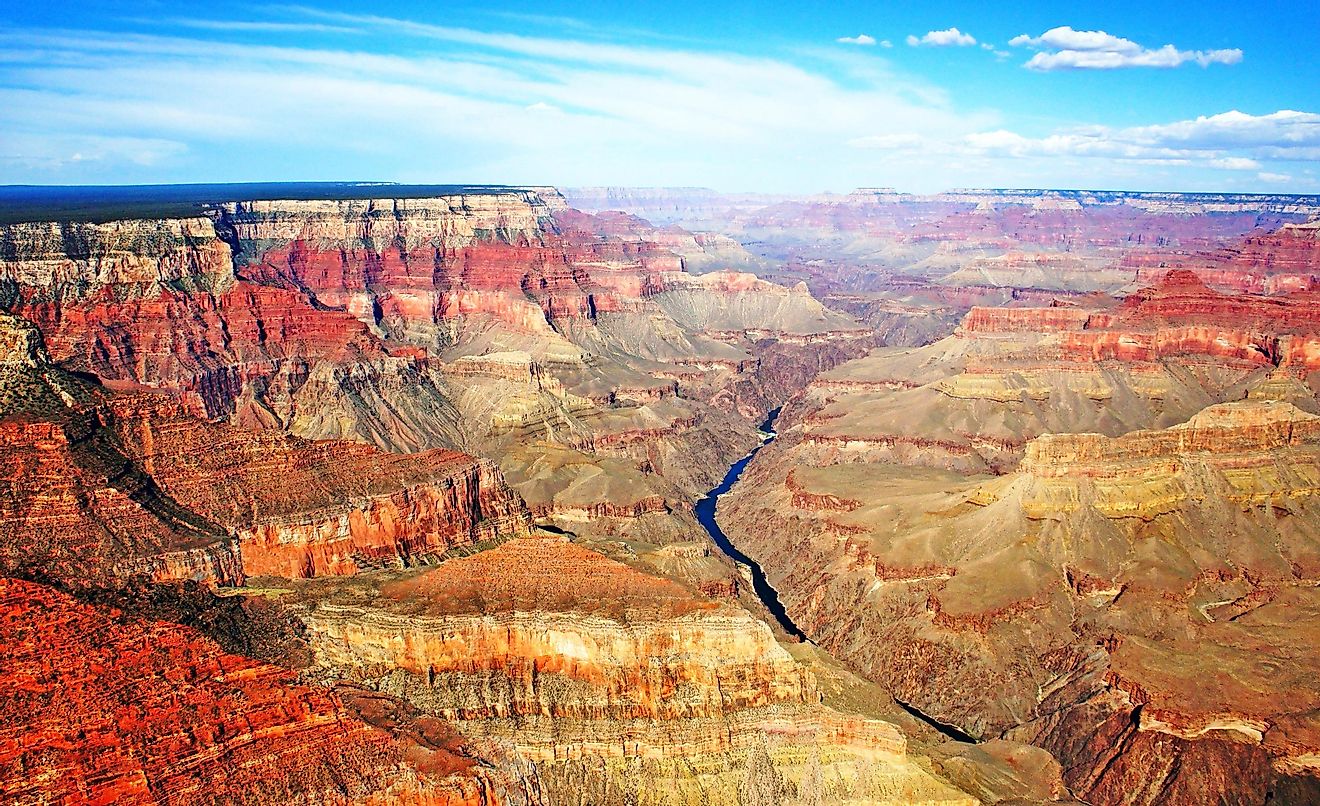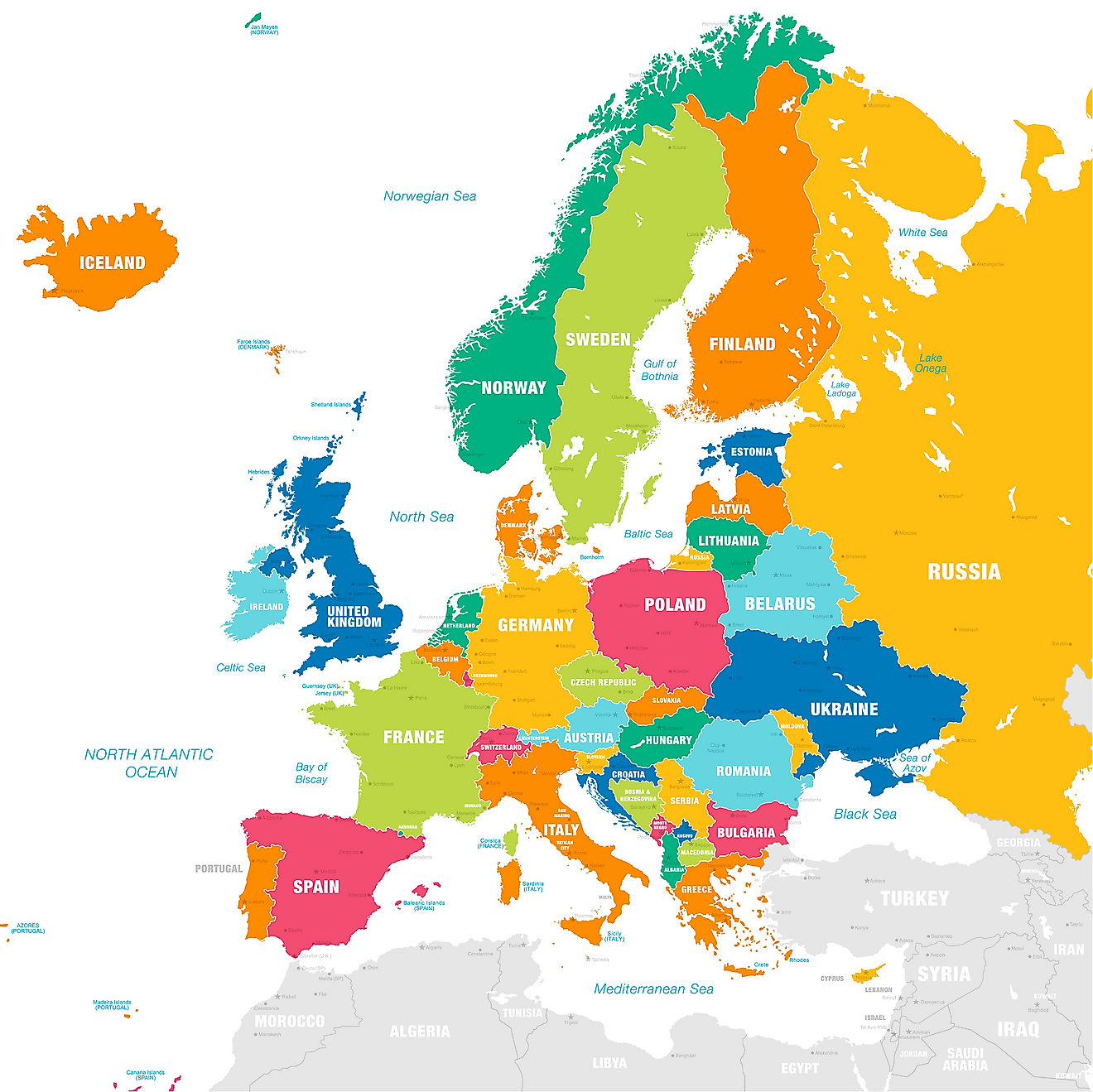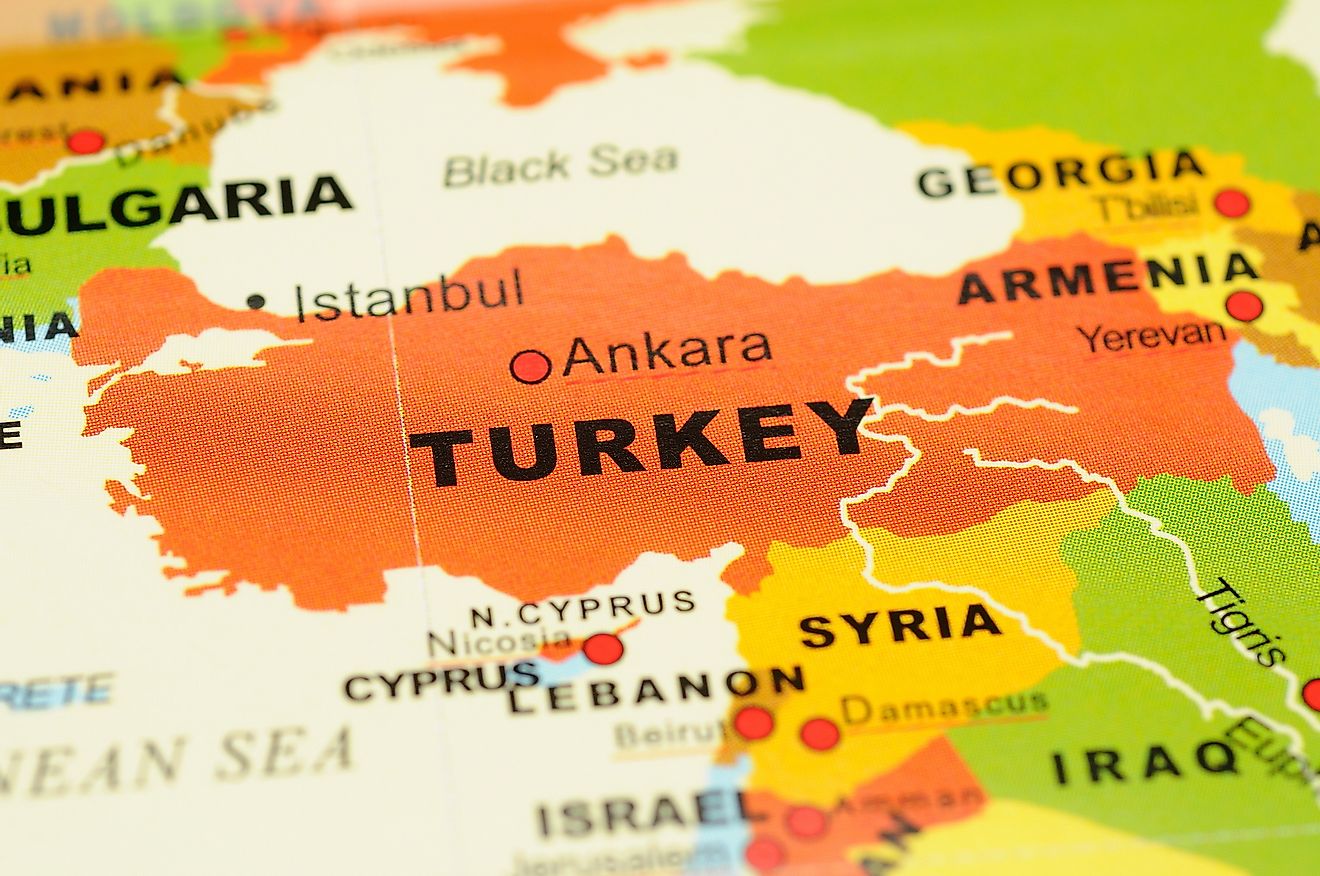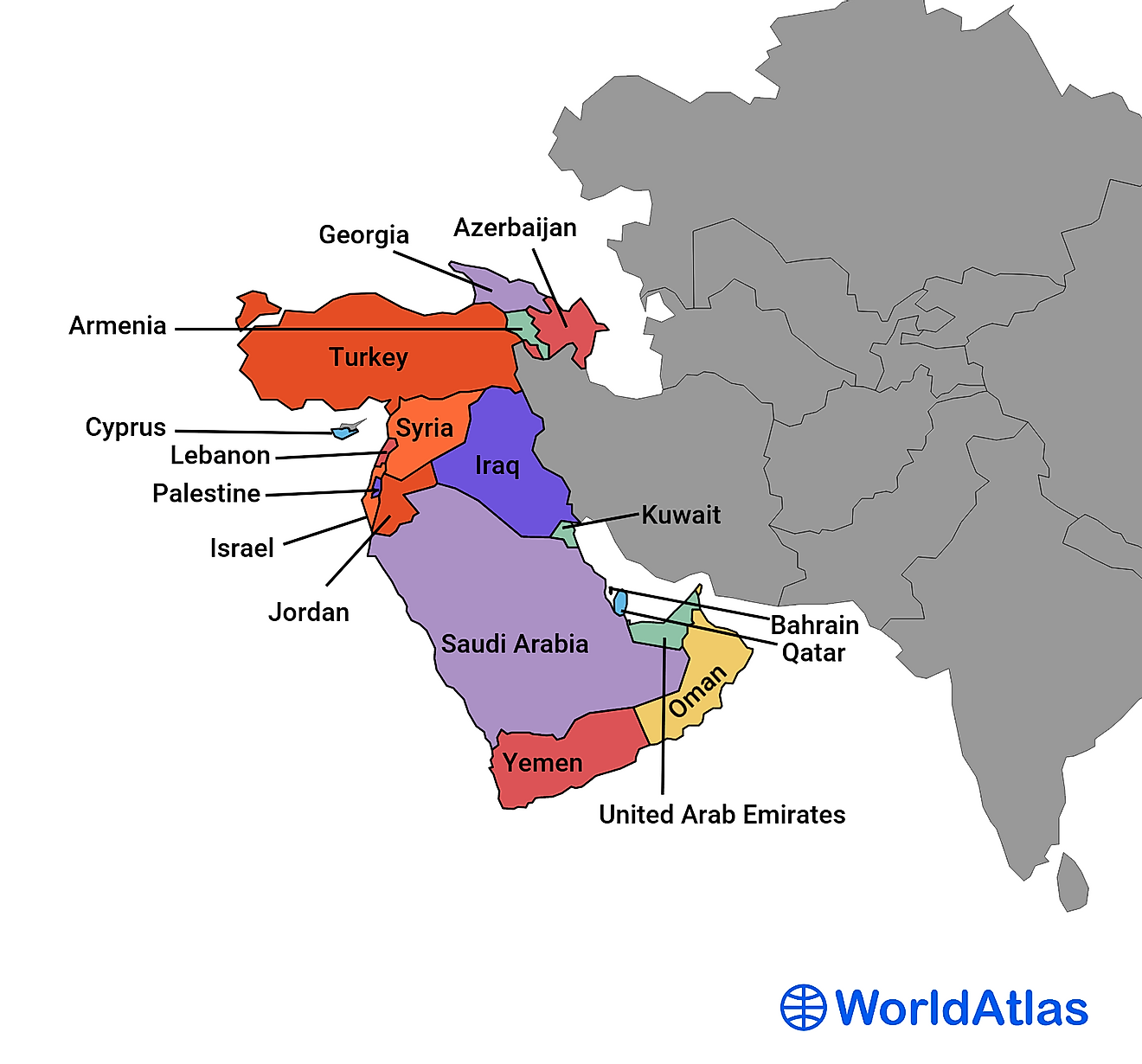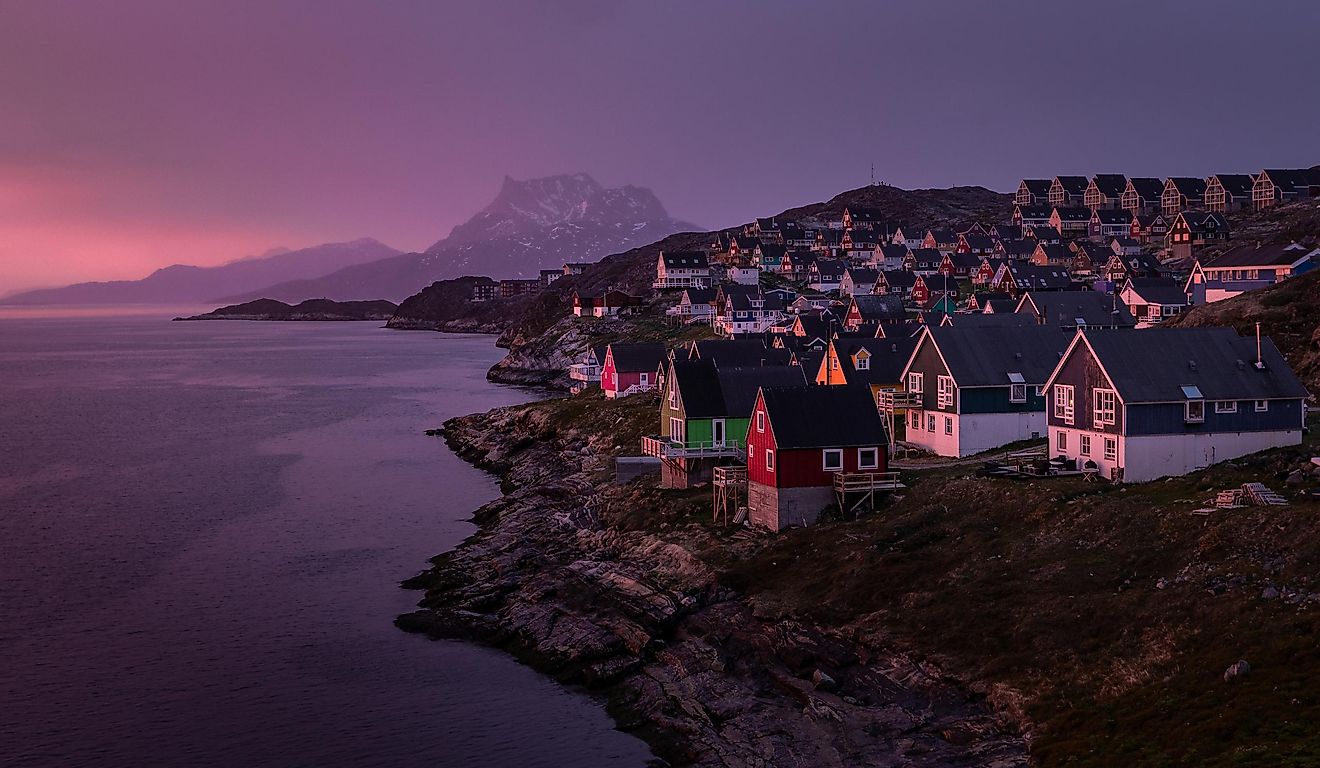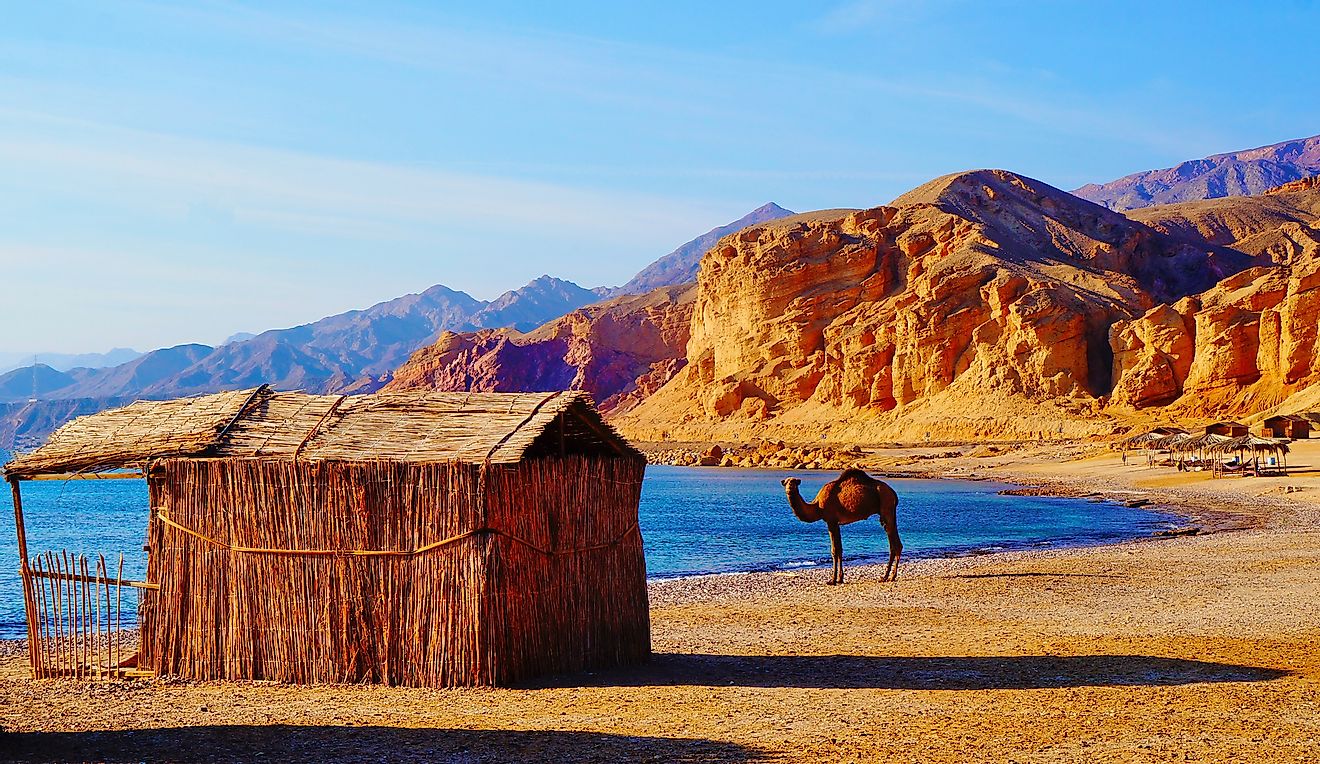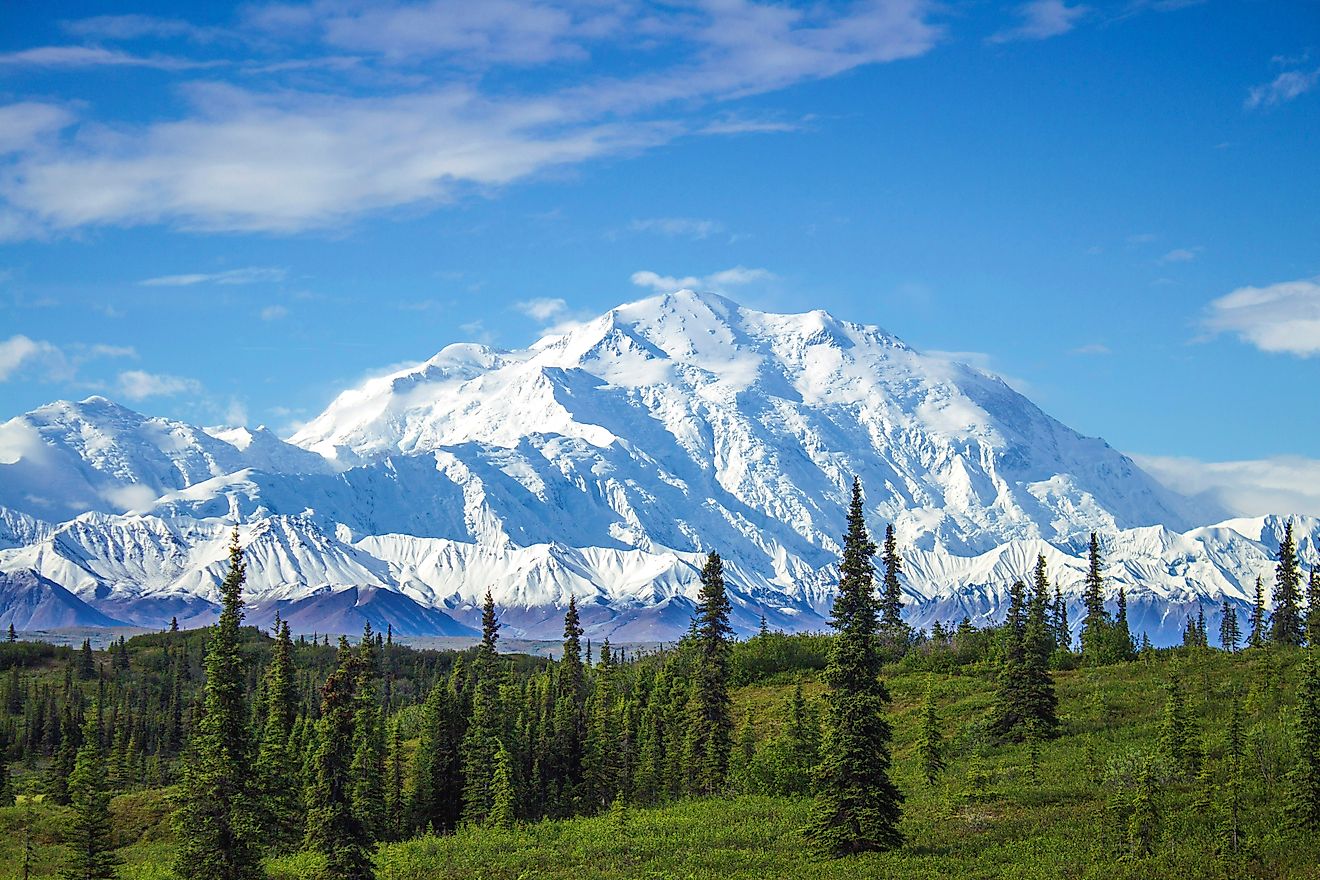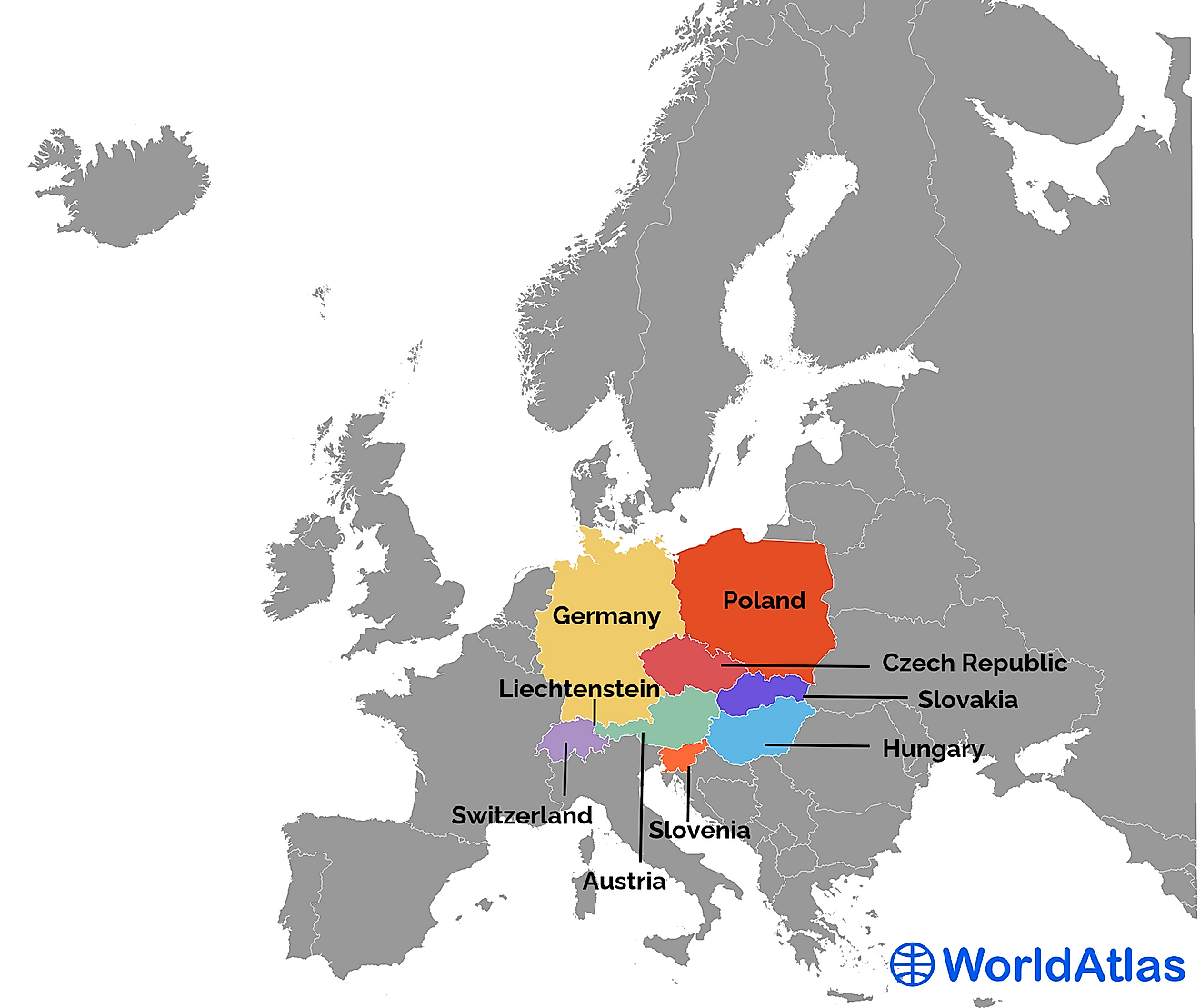Baltic States
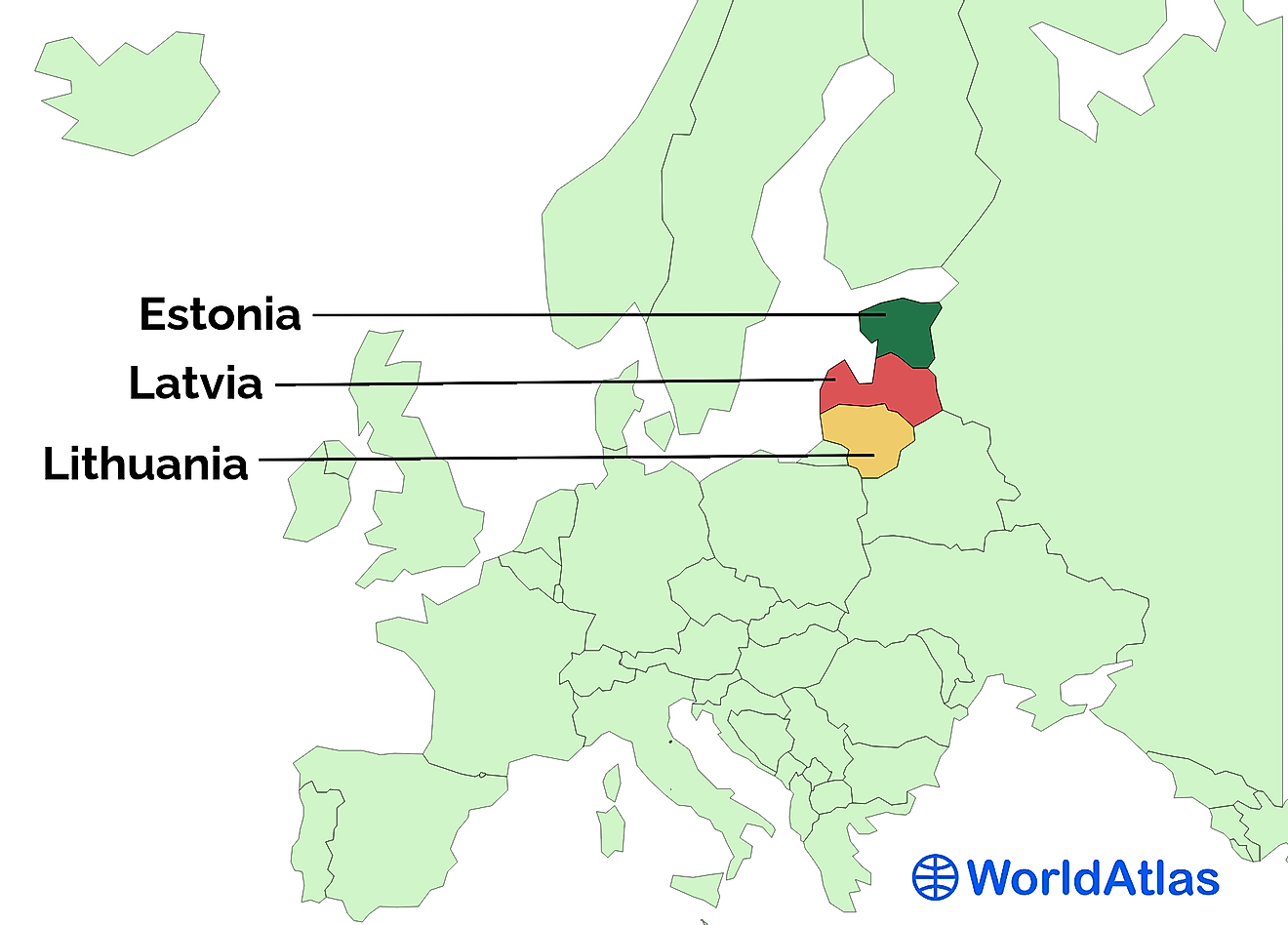
- The Baltic states consist of Latvia, Lithuania, and Estonia.
- All the Baltic states were once republics of the Soviet Union.
- All Baltic states are now part of NATO and the European Union.
There are other countries that border the Baltic Sea, such as Poland, Finland, and Sweden, but when people refer to the Baltic States, they are usually just referring to the three countries that sit on the eastern shore of the Baltic Sea, which are Latvia, Lithuania, and Estonia. Aside from the Baltic Sea to the west, the Baltic States are bordered to the north by the Gulf of Finland, to the east by Russia, to the southeast by Belarus, and to the southwest by territory belonging to Belarus and Poland. These three countries each have their own distinct language and culture, however, their histories often overlap.
A Brief History Of The Baltic States
The area that now constitutes the Baltic States was first inhabited by Finno-Ugric tribes. The predecessors of the modern Balts lived in a large swathe of territory south of the Finno-Ugric tribes, stretching west from territory that is now part of central Russia to the mouth of the Vistula River in modern-day Poland. The Balts came to settle large portions of modern-day Russia, Belarus, Latvia, Lithuania, and northern Poland. Extensive trade relations were established in the region, which would last until the decline of the Roman Empire.
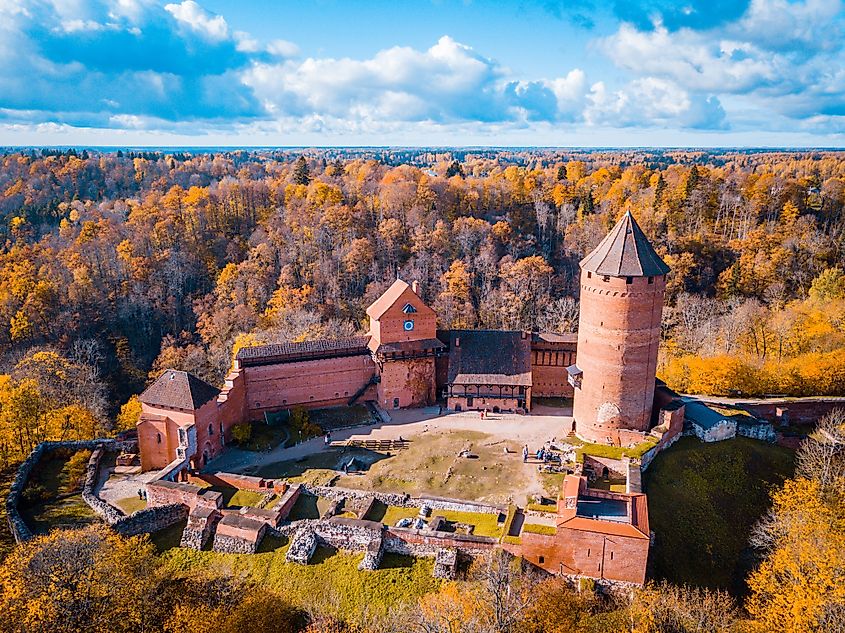
During the Middle Ages, the Baltic peoples were divided into at least eight distinguishable groups. The Finno-Ugric tribes would eventually become the Estonians. Two groups called the Samogitians and the Aukstaiciai became the Lithuanians, and five other groups would form the modern-day Latvian nation.
Early Invasions
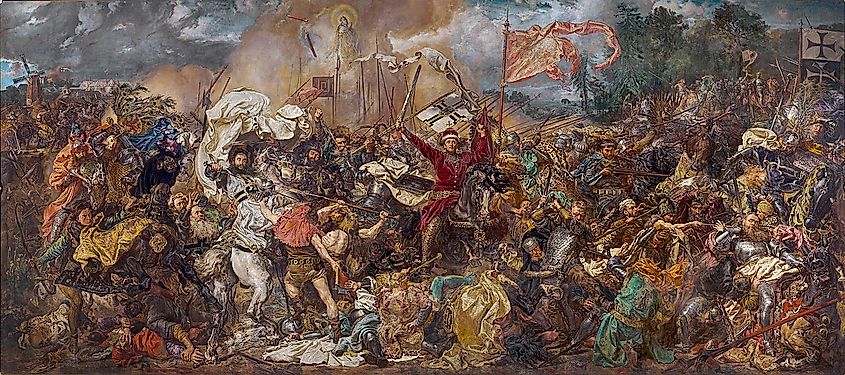
Battle of Grunwald by Jan Matejko. The battle was fought in 1410 during the Polish–Lithuanian–Teutonic War.
Between the 10th and 13th centuries, the Baltic peoples came under siege from all directions. Vikings from Scandinavia, Slavs from the east, and Germanics from the west conquered most of the territory that now comprises the Baltic States, except Lithuania. The Lithuanians managed to preserve their independence in part because their land, which consisted of dense forests and swamplands, was less accessible. In fact, in 1236, a chieftain named Mindaugas managed to unite some of the Lithuanian tribes into one political entity. He would later be assassinated, but the political entity he created would endure. In 1385, through marriage to a Polish queen, the Lithuanian crown merged with that of Poland. It was the birth of what would become the Polish-Lithuanian Commonwealth, which came to control the southern part of the Baltics, while Sweden controlled the north.
Part Of The Russian Empire
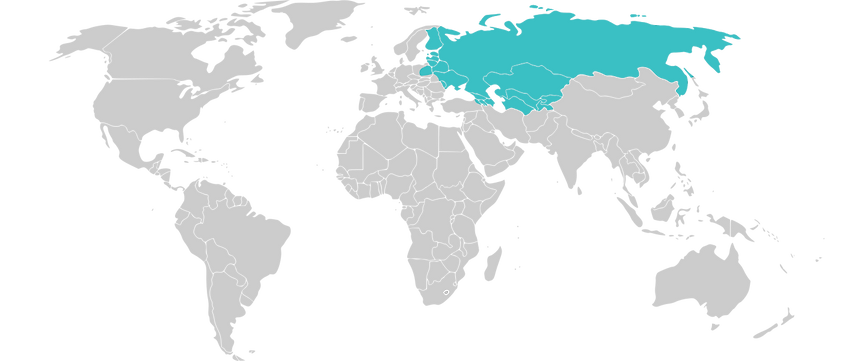
By the l8th century, however, Russia began seizing territory in the Baltics. By the end of the 18th century, all Baltic territory became part of the Russian Empire. Russian rule would extend over the Baltics until the early 20th century. During World War I, the Russian Revolution took place, bringing an end to the czarist Russian Empire. When WWI ended, the Baltic peoples fought off attempts by the newly-created Soviet Union to take back control of their territory, and in 1920, the Soviets signed treaties with Latvia, Lithuania, and Estonia, recognizing their independence. But this independence was short-lived.
Baltic States As Soviet Republics
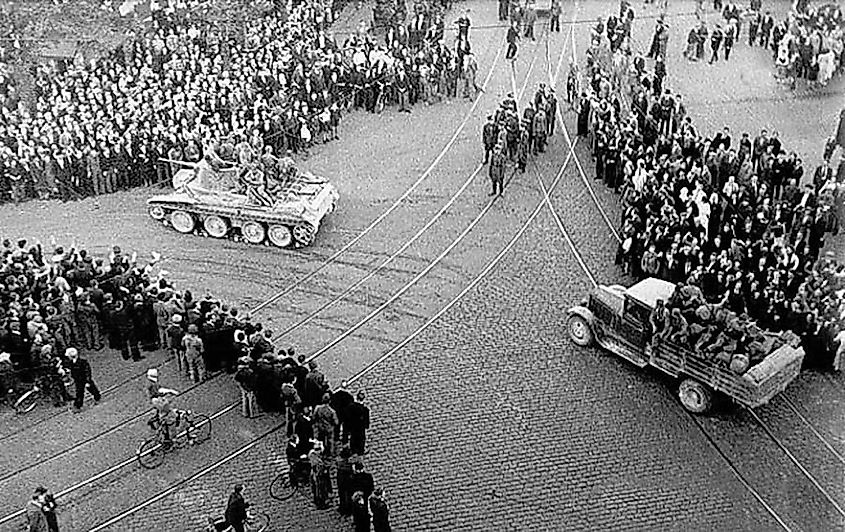
Shortly after World War II began, Soviet leader Josef Stalin coerced the leaders of all three Baltic States into allowing Soviet troops into their countries. So-called people’s governments were subsequently installed in the three countries. In August 1940, all three Baltic States were made Soviet republics, which meant that they became part of the USSR.
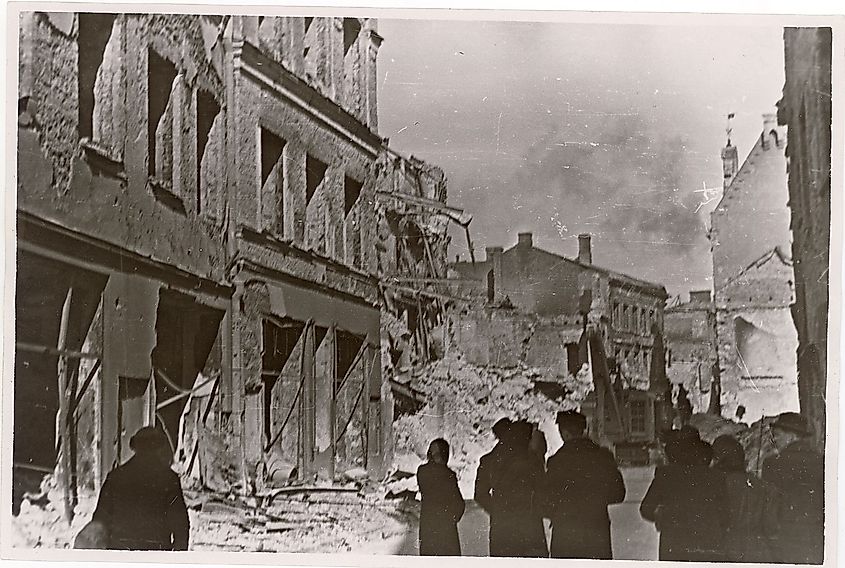
In 1941, Nazi Germany invaded the Soviet Union. The Baltic States subsequently came under Nazi occupation, but by 1945, the Soviets retook the Baltics, which again became part of the USSR. Throughout the course of WWII, all the Baltic States lost significant portions of their populations.
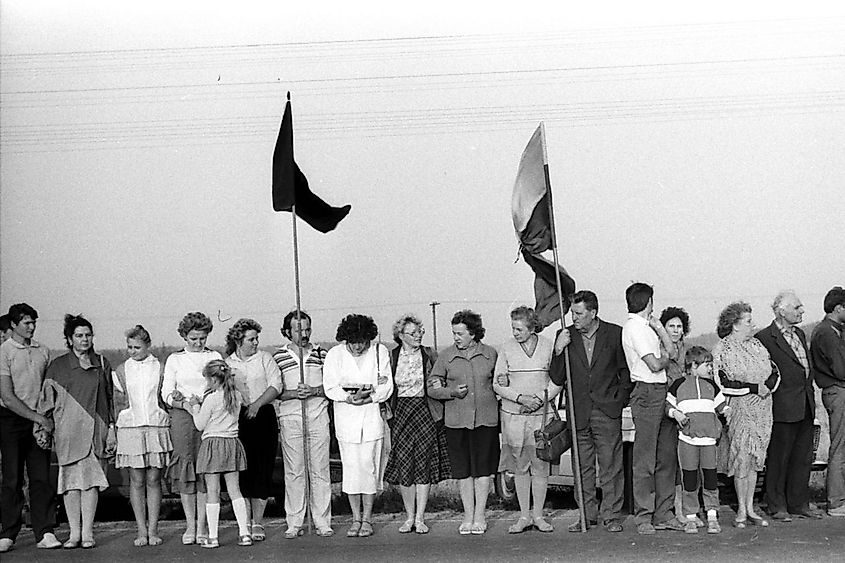
The Baltic States would remain Soviet republics of the USSR for more than 40 years. In the latter half of the 1980s, however, Soviet leader Mikhail Gorbachev’s policies of liberalization and greater freedom allowed the Baltic peoples to reassert their independence.
The Movement For Independence
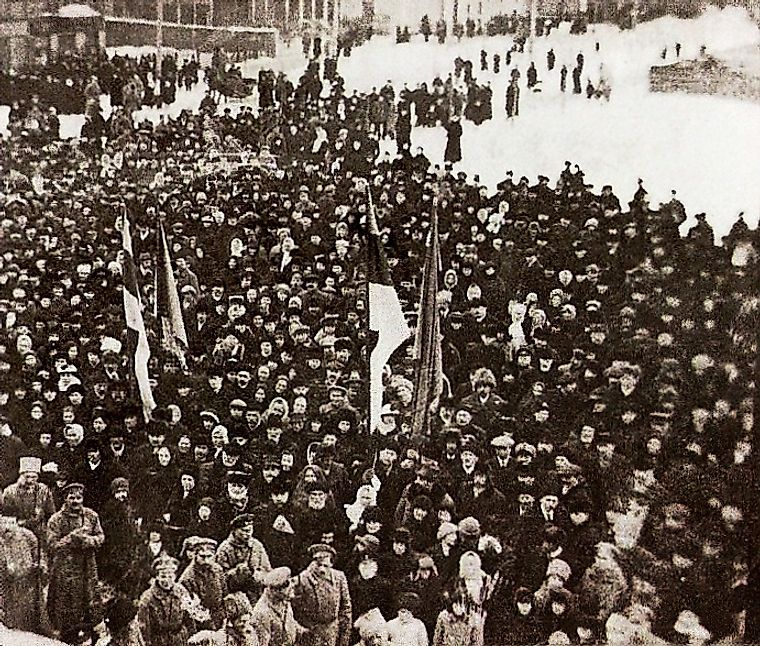
Elections in 1990 saw pro-independence parties win majorities in all three Baltic legislatures. Shortly thereafter, the parliaments of the three Baltic States proclaimed the independence of their respective countries. The Soviets attempted to prevent these countries from seceding through economic blockades. Violent incidents involving Soviet forces and the citizens of the Baltic States occurred during 1991, until Soviet hardliners attempted a coup to depose Gorbachev. The coup failed, and in September, the independence of the Baltic States was recognized by most countries. The Baltic States were subsequently admitted to the United Nations.
Post-independence Economic Turmoil
What followed after the Baltic States regained their independence was economic turmoil, as these countries tried to transition their economies to capitalism. The Baltic States also had to develop new laws and constitutions so that they could make themselves into democratic states. The Baltic peoples’ efforts paid off, however, as by the beginning of the 21st century, the three countries enjoyed sustained economic growth, and would soon be admitted to both NATO and the European Union.
The 3 Baltic States
Estonia
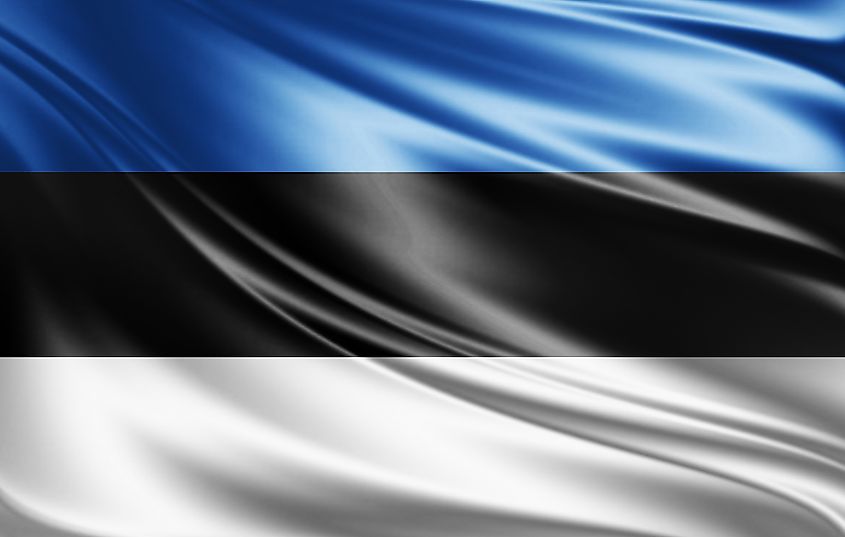
Estonia is the northernmost of the Baltic States. It is bordered to the south by Latvia, to the north by the Gulf of Finland, to the east by Russia, and to the west by the Baltic Sea. Estonia is a country of approximately 1.3 million people. Ethnic Estonians make up 69% of the population. Before WWII, Estonians made up 88% of the population, but between 1945 and 1989, their percentage of the population dropped to just 61%. This is largely due to a Soviet policy of encouraging the mass immigration of Russian workers to the country. Indeed, Russians are still Estonia’s biggest ethnic minority today, comprising 25% of the population.
The Estonians are a Finnic people, which means that they are strongly related to the Finns, as is their language, Estonian. In terms of religion, just over half of Estonians are unaffiliated Christians. Many Estonians are non-religious or atheist. The capital and largest city of Estonia is Talinn, which is located on the country’s northern coast, on the Gulf of Finland.
Latvia
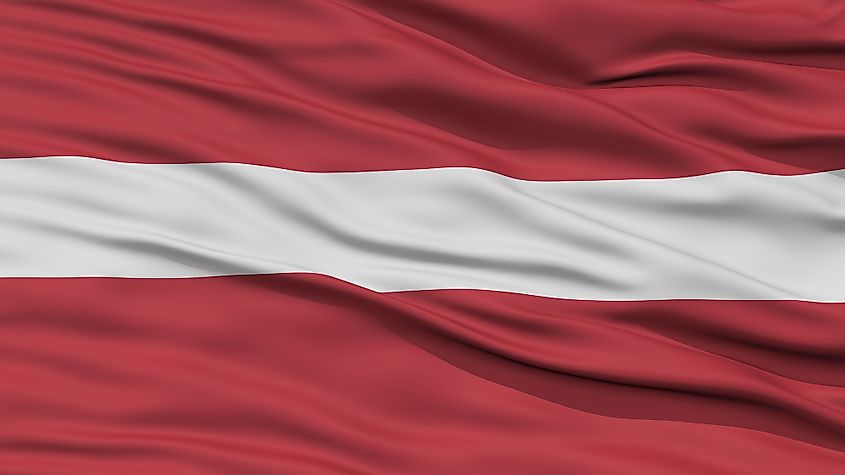
Latvia is sandwiched between Estonia to the north and Lithuania to the south. Russia borders Latvia to the east, and the Baltic Sea is to the west. Latvia’s population is about 1.8 million. Latvians, together with Livonians, who are another indigenous group in the country, make up 62% of the population. Russians are the largest minority group in the country, and make up 26.9% of the population.
Before WWII, Latvia had a significant Jewish community. In fact, in 1897, Jews made up 7.4% of the population, and were the second largest minority group in the country after Russians. But the Holocaust decimated the Latvian Jewish community. Now, Jews comprise just 0.2% of the Latvian population. Latvian, an East Baltic language, is the country’s official language. Most Latvians are Christian, mainly belonging to the Lutheran, Roman Catholic, and East Orthodox churches. About a quarter of Latvia’s population is nonreligious. Latvia’s capital and largest city is Riga, located on the country’s northern coast, on the Gulf of Riga.
Lithuania
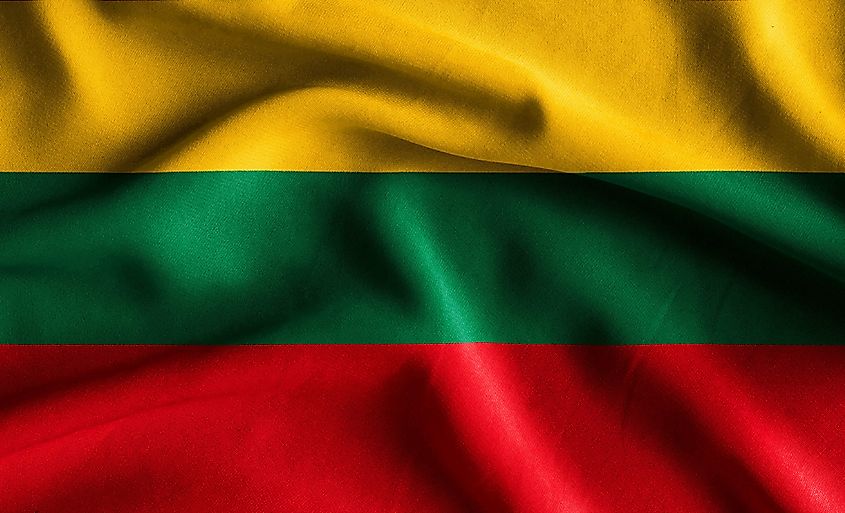
Lithuania is the southernmost of the Baltic States. It is bordered by Belarus to the south and east, Latvia to the north, Poland to the south, and a part of East Prussia to the southwest, which is now controlled by Russia. The Black Sea lies off Lithuania’s west coast. Lithuania is the most populous of the Baltic States, with a population of just under 2.7 million. It is also the most homogenous Baltic state, as ethnic Lithuanians make up 84% of the population. Poles are the largest minority, making up 6.6% of the country’s population.
Like Latvia, Lithuania also had a large Jewish community, but it too was decimated by the Holocaust. Lithuania’s official language is Lithuanian, which is an East Baltic language related to Latvian. Most Lithuanians are adherents of Roman Catholicism. Lithuania’s capital and largest city is Vilnius, which is situated close to the country’s border with Belarus, in the southeast.
